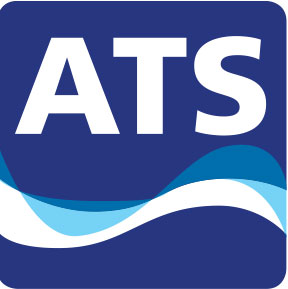Phosphorus removal has been and continues to be a big challenge, more now than ever before. You may wonder what’s the big deal? Since you can find phosphorus in nearly every fertilizer manufactured commercially, it affects our watershed. After crops are fertilized, the excess nutrients in the fertilizer get into our state waterways with dangerous side-effects. Phosphate promotes eutrophication – the growth of aquatic plants in bodies of water, which also includes harmful algal blooms. (cyanobacteria)
Because of this new total phosphorus (TP) and total Nitrogen (TN) requirements for many states are in the works for lakes/reservoirs, rivers/streams, and estuaries. To protect waters from an impairment, states develop, propose, and adopt water quality standards, or pollutant limits, which includes phosphorus levels. Are you in a state that’s cracking down? If so, read on to learn about the new state phosphorus regulations.
Effects of Phosphorus on the Environment and Human Health
An excess of nutrients and harmful algal blooms in the air and water can negatively affect human health and the environment. Some of these health problems include:
- Neurological effects
- Respiratory problems
- Stomach or liver illness
- Rashes
Stormwater runoff can carry these nutrients directly into rivers, lakes, and reservoirs, affecting many people’s drinking water. When you couple the water with toxic algae, harmful chemicals (dioxins) are created. Infants are especially affected by these toxins. Regarding the environment, nutrient pollution fuels harmful algal blooms growth, thus having negative impacts on aquatic ecosystems. These are detrimental to fish and other animals. Once small fish and shellfish consume these toxins, they move up the food chain to sea lions, turtles, dolphins, and more.
Nutrient pollution causes dead zones; this is where little or no oxygen resides in water and therefore, aquatic life cannot survive. Acid rain and air pollution can also be the result of nutrient pollution.
New State Phosphorus Regulations
Phosphorus issues are not new and removal standards have been in the works for quite some time. Now, existing standards are increasingly becoming more stringent. This is an important note for wastewater treatment plant superintendents, managers, and operators. Many of these new phosphorus removal requirements include level less than 1 mg/1 or 1 ppm for wastewater, with some states lowering limits to .01 mg/L.
Some new industries are also being included that weren’t required to comply in the past but will have to now. These industries are dairy and pig farms. If you don’t comply, heavy fines can accumulate, from $5,000-$25,000 per day! Plants must send in reports at least monthly or quarterly. If they fail, they must do it monthly or even weekly. These tests cost between $250-$500, which adds up quickly.
How do I Stay in Compliance with Phosphate Removal?
How do you effectively remove phosphorus and stay within the regulations? This is where ATS Innova can guide you in meeting the new requirements. We understand that chemical application is just as important as the chemistry itself and is why we offer smart water treatment solutions. We believe the proof is in the pudding, or in the jar with our FREE jar testing. We’ll send one of our water experts out to meet with you and talk to about the challenges you face at your plant – especially with regards to the new U.S. state phosphorus regulations.
Contact us at 855.216.4600 for more information and to schedule your plant walkthrough. We hope to hear from you soon!




